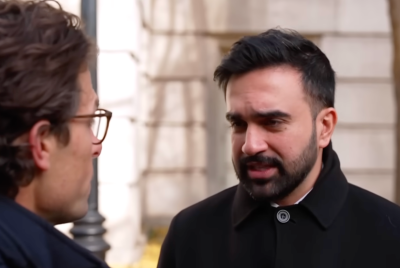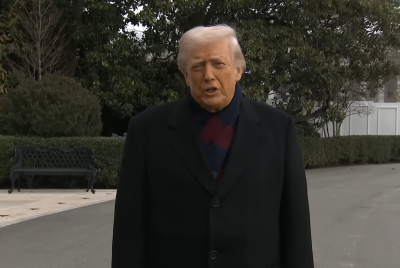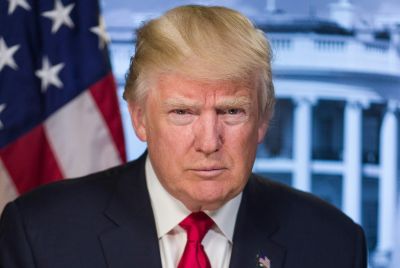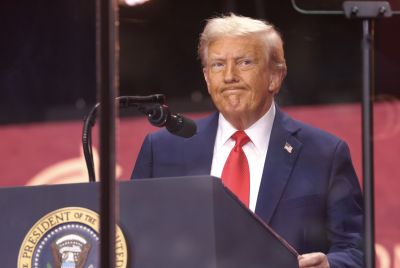The flaws in Donald Trump's plan to deport three million illegal immigrants
If Trump wants inspiration on how to deport illegal immigrants, he only needs to look at Obama's record.
On Sunday (13 November 2016), when US president-elect Donald Trump was asked by 60 Minutes presenter Lesley Stahl on US television about his pledge "to deport millions and millions of undocumented immigrants", the controversial Republican, accused by critics of being racist, was clear: it's criminals who go first.
"What we are going to do is get the people that are criminal, have criminal records, gang members, drug dealers – we have a lot of these people, probably two million, it could even be three million – we're getting them out of our country or we're going to incarcerate," he said.
Once "the border is secured", Trump said, referring to his much-vaunted wall-cum-fence where America meets Mexico, his administration would "make a determination" on the non-criminal illegal immigrants "who are terrific people".
At face value, and aside from moral qualms, the deportation of three million illegal immigrants sounds like a huge challenge that would require a substantial increase in resources for enforcers of the country's immigration laws and new deportation squads.
But figures from the US Immigration and Customs Enforcement (ICE) show there were 2,878,672 deportations of illegal immigrants from the country between 2008 and 2015, the majority of which were convicted criminals. That was all achieved without fanfare under President Obama, who has "deported more people than any other president's administration in history", reported ABC News. ICE just got on with its job.
What's more, it's not even clear there is the number of criminal illegal immigrants left around to achieve Trump's two-to-three million deportation goal.
According to an estimate by the Pew Research Center, there were 11.1 million undocumented immigrants in the US in 2014. But an estimate from 2014 by the Migration Policy Institute put the total number of criminal unauthorised migrants in the US at 820,000.
This is well shy of Trump's lower two million target, meaning he will have to chase down non-criminal illegal immigrants aggressively during his four years, or set a time frame that extends beyond the 2020 election.
"Apparently the Trump administration will be [...] seeking to accelerate the removals of unauthorised immigrants, and you have to go beyond just those with criminal records if you are to get to that two-to-three million number," said Michelle Mittelstadt, director of communications at the Migration Policy Institute, to IBTimes UK.

So how will he get there? According to Trump's campaign, first and foremost is creating an impenetrable border with Mexico to stop the inward flow of illegal immigrants, somehow paid for by the Mexican state, which has said it will not fund any such wall. There will also be the immediate targeting for deportation of criminal illegal immigrants "on day one", says the Trump campaign, even though ICE already works to remove them as a matter of priority.
As president, Trump would also try to abolish "sanctuary cities", where undocumented migration is overlooked as a matter of policy, by cutting their federal funding unless they enforce national immigration law. Moreover, he says he would "end catch and release", meaning anybody brought into custody as an undocumented migrant will be deported. He would also expand the number of immigration law enforcers.
"All immigration laws will be enforced – we will triple the number of ICE agents," states Trump's campaign website. "Anyone who enters the US illegally is subject to deportation. That is what it means to have laws and to have a country."
"The Trump administration is going to have to work with Congress to provide additional funding," Mittelstadt said. "So at present, and for the last number of years, Congress has essentially given the Department for Homeland Security enough money to identify, detain, and deport around 400,000 people annually. To ramp up this enforcement and detention and deportation machinery will require significant additional resources."
As well as securing extra funding from Congress, Trump will have to rely on the complicity of non-federal authorities, and signs are he will come up against strong resistance. There are thought to be around 300 "sanctuary jurisdictions" that do not fully comply with ICE. The mayor of one sanctuary city, Minneapolis, has pledged not to work with a beefed up ICE under President Trump, who is to formally take office on 20 January 2017.
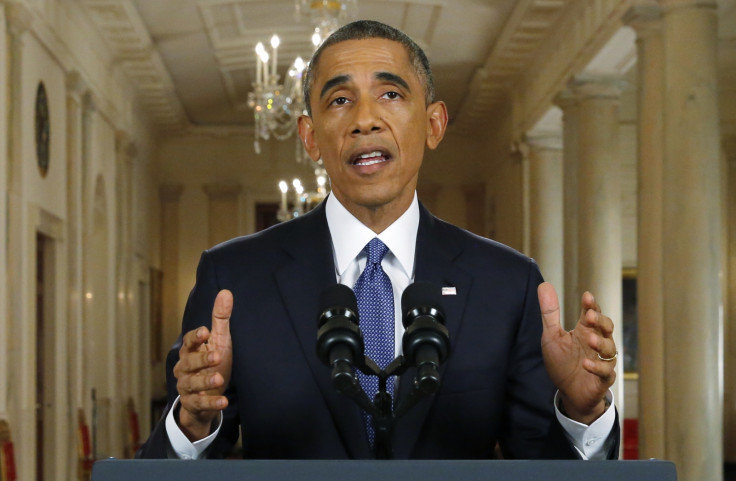
"I will continue to stand by immigrants in Minneapolis," said Mayor Betsy Hodges in a statement. "For years, Minneapolis has codified in ordinance that our police officers will not do the work of the federal government and ICE regarding immigration status. If police officers were to do the work of ICE it would harm our ability to keep people safe and solve crimes.
"Witnesses and victims of crimes won't come forward if they think our police officers will question or detain them about their immigration status. Our ordinance has helped us solve crime and keep communities safer. If our police were doing the work of ICE, Minneapolis would be less safe for everyone, regardless of immigration status."
She continued: "In his quest to scapegoat immigrants, Donald Trump has threatened cities' federal funding if we do not change this practice. I repeat: I will continue to stand by and fight for immigrants in Minneapolis regardless of President-elect Trump's threats.
"I will not compromise the public safety of the people of Minneapolis to satisfy Trump's desire to put politics before public safety. Minneapolis is being built and strengthened by people from all over the world and I am grateful for their commitment to our city."
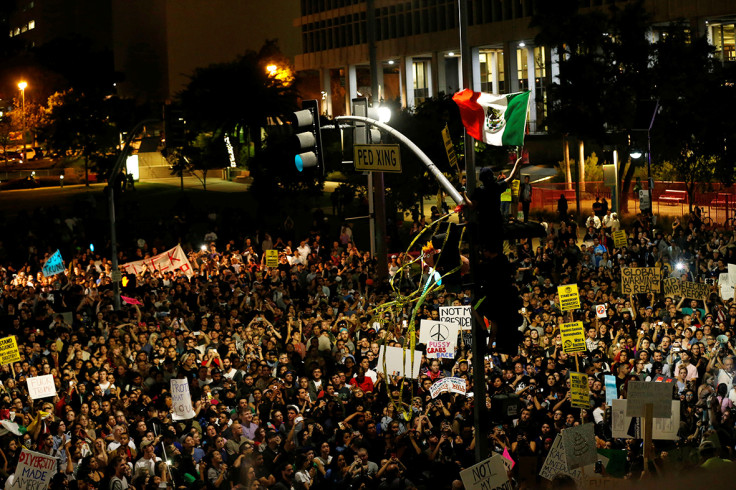
Trump's three million pledge sounds drastic. And for many campaigners it is wrongheaded and immoral to pursue undocumented immigrants without criminal records, as the president elect looks like he will, favouring amnesties instead. If the trend under the Obama administration is anything to go by, however, Trump has little work to do to get near his target over the next few years. ICE will hit it for him.
But if Obama was already deporting millions of illegal immigrants, why is this even an issue at all? "In some ways, even as overall illegal immigration to the United States has remained really quite static and has, in fact, dropped by about a million people since prior to the onset of the economic crisis, that reality has not really caught hold with the public, that illegal immigration is not increasing and in fact has been declining," Mittelstadt said.
"There continues to be this narrative in America that borders are out of control and that enforcement efforts at the US-Mexico border are just being outmatched, when the reality is that there has been a huge realignment.
"Illegal immigration from Mexico, which has been the major source of illegal immigration to the United States, has gone down so substantially that demographers have estimated that actually more Mexicans are returning to Mexico than are arriving in the United States."
This narrative, she said, is driven by economic concerns, the dispersal over the past 20 years of immigrants to areas which have not historically had large numbers of them, and scenes from the refugee crisis in Europe. "With change, and with rapid change, comes an extent of social unease and anxiety," she said. "This has all become entangled and has fuelled a greater public unease around the issues of immigration."
<sub>15 November 2016, 6pm: The article headline was updated to reflect the fact that the claimed 3 million illegal immigrants were not described as Mexican during the 60 Minutes interview.
© Copyright IBTimes 2025. All rights reserved.










